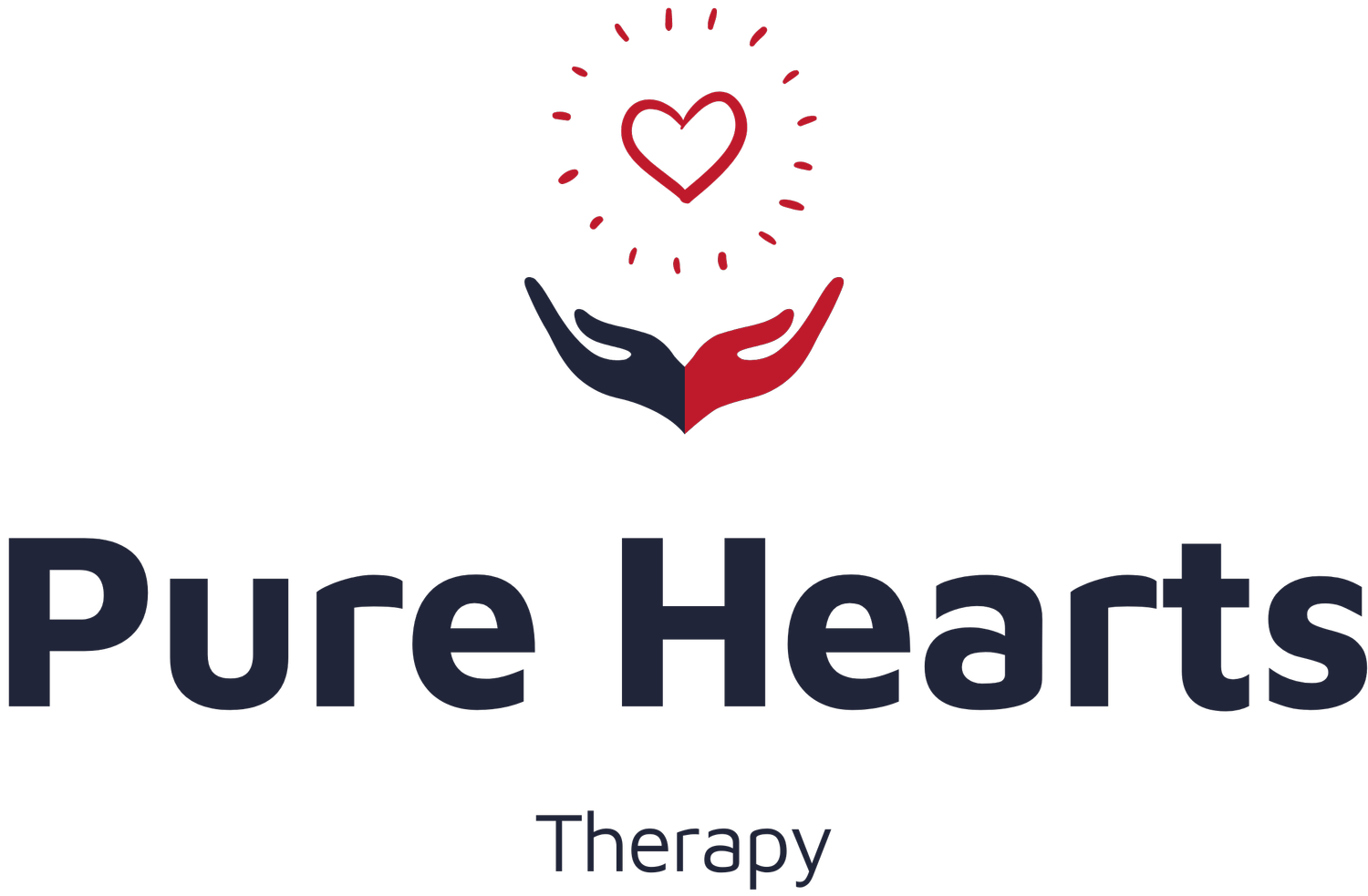How Does Physical Therapy Support My Child
The guest for the show is Rhonda Schnabl. Rhonda is a physical therapist who works in Lake Havasu City, AZ at Milemarkers Therapy. She has been a PT for 23 years and the human body continues to amaze her even after all this time of being a physical therapist.
What is Physical Therapy?
Physical therapists work with individuals across the lifespan who experience illness, injury or conditions that limit their ability to move or participate in their daily life. You can think of them as movement experts.
What skills do PT's address?
Every practice is a little different depending on the clientele. In my practice, I typically see:
Babies who have torticollis (or a preference to look to one side) and flat head syndrome.
Kids who have a preference for toe walking
Kids who have difficulties with coordination
Kids who have a weak core (which affect so much)
Kids who have limited endurance
Kids who need bracing options to help them walk
Kids who have trouble catching a ball (ball skills)
Kids who are delayed in achieving gross motor milestones such as skipping, galloping and jumping.
Kids who want to learn to ride a bike without training wheels
How is it different from OT?
OT address skills that impact a persons major occupations (work, play, leisure, sleep, ADL's, IADL's, education).
PT's address anything related to movement and getting around to include positioning.
Both disciplines may find themselves doing similar activities (play) at times but addressing different overarching goals.
What things should parents be communicating with their PT?
Pain
Falls
Medication Change
When should a parent seek out PT services?
When your child appears to be "lazy"
Your child isn't sitting by 9 months old.
If you child is unable to keep up with their peer physically, a PT assessment is recommended. therapy.
If your child is still toe walking after age?
Recap:
Physical Therapist address:
Aerobic conditioning (endurance)
Play
Core strength,
Bilateral Coordination
Sitting and standing balance
Locomotion
Object control
Motor control/motor learning
Posture
Strength
Stretching
The skills they work on or how they work on these skills
Ball skills
Running, galloping, skipping, riding a bike
Sit ups, push ups, planks, body weight activities
Balance activities
Assessment of bracing needs
Stretching and strengthening programs
How it's different from OT
OT’s focus on Occupations (sleep, play, work, leisure, education, social participation, ADL’s & IADL’s) and implement therapeutic activities that address any of these target areas.
PT’s focus on movement and positioning
Things to communicate with your PT
Falls
Medication Changes
Pain
Resources:
Pure Hearts Therapy’s Blog and Service descriptions
Milemarkers’ service descriptions and physical development parent checklist
Subscribe Now & Leave a Review
Apple Podcasts, Spotify, Google Podcast, & Stitcher
Visit our Website
Follow Us:
